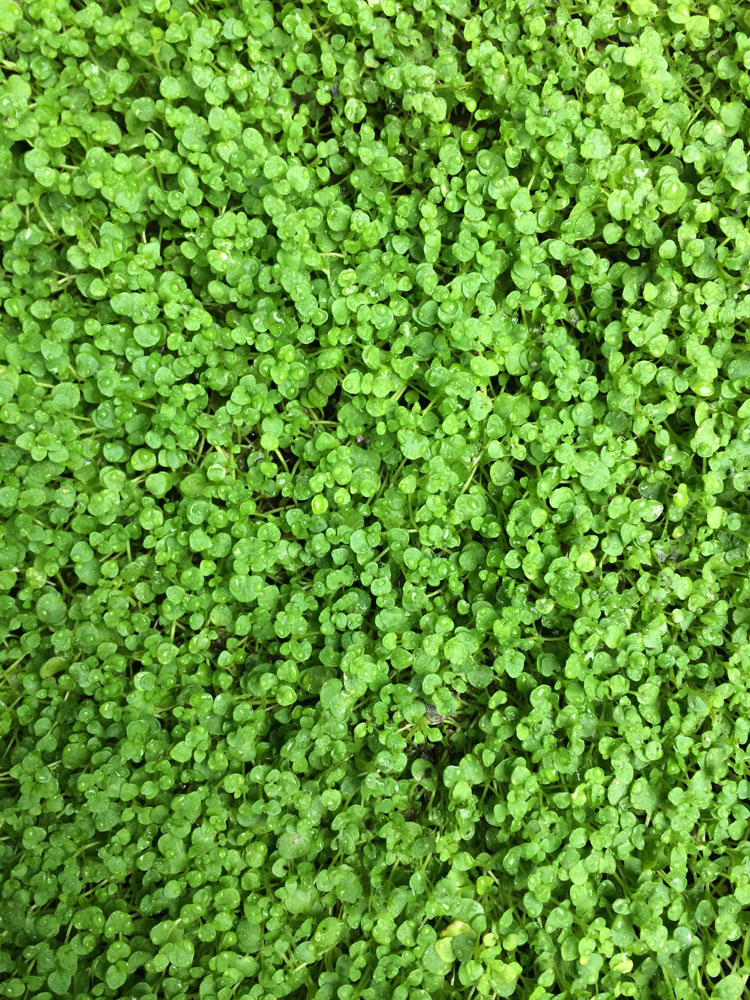Description
Mentha – Mint –
There are about 25 species of aromatic, evergreen or semi evergreen, rhizomatous perennials, rarely annuals in this genus. They are distributed in Europe, Asia, And Africa, often found in shallow water or wet or moist soil. Erect, branching stems bear lance shaped to rounded, light to dark green, purple, blue, or gray-green leaves. The tubular to bell shaped flowers are weakly 2 lipped, each with 4 spreading lobes and leafy bracts. They are borne in summer, in spikes of whorl like clusters, or occasionally in a single, terminal cluster. Mints are widely used as culinary, fragrant, medicinal and industrial herbs.
Grow in a herb or vegetable garden, the less invasive species are also suitable for a herbaceous border. M. aquatica is useful for stabling the muddy edged of a pool, M. pulegium can be used as a low groundcover, and M. requienii is useful for a moist, shady rock garden. All attract bees, most dry well for use in herbal and potpourri.
Grow in rich, moist soil in full sun. Restrict spread of invasive species by planting in deep containers and plunging into the soil (leaving an inch of the rim above soil level), or by growing in small, confined beds to restrict root run. M. aquatica can be grown in containers submerged in water to 6″ deep. Divide in spring or autumn.
Prone to powdery mildew, rust, leaf spot, anthracnose, and stem canker.
M. requienii – M. corsica – Corsican Mint – This procumbent, mat forming, hairy or hairless, semi evergreen perennial from France and Italy grows ½” tall with an indefinite spread. It produces slender, creeping, rooting stems bearing rounded peppermint scented, pale green leaves, to 1/4″ across. In summer it bears whorl of tiny tubular light purple flowers, 1/16″ long, in short spikes. Prefers shade. Tolerate light foot traffic and looks good planted between paving stones.
Zones 6-9





